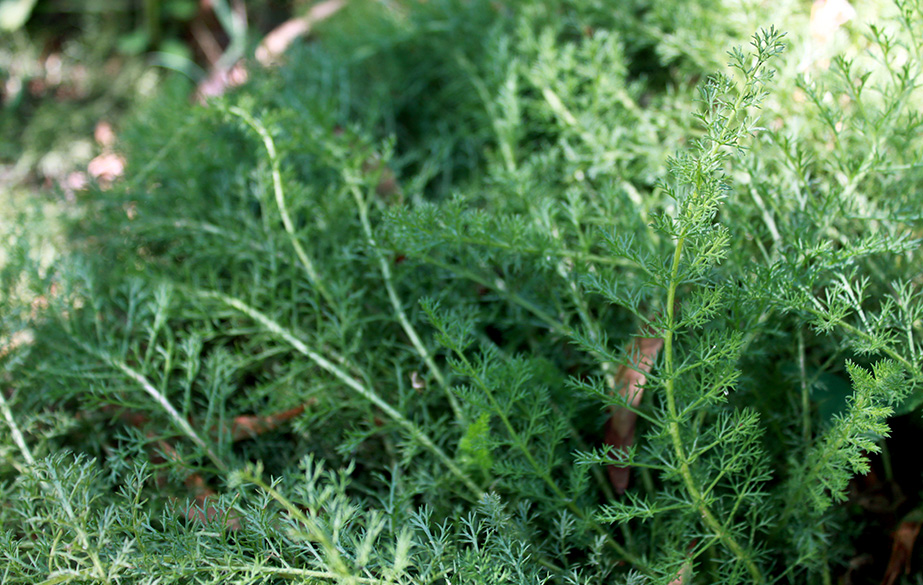
 i_need_contribute
i_need_contribute

Common name: Yarrow, millefoil, thousand leaf, carpenter’s weed, staunchweed, herbe militaris, Soldier’s Woundwort
Botanical name: Achillea millefolium
Family: Asteraceae (Daisy)
Worldwide distribution: Native to Europe and western Asia. Widely naturalised in North America, New Zealand and Australia.
Local distribution: Very common throughout the UK and Ireland.
Habitat: Grassy banks, meadows, pastures and grassland.
Foraging season: Leaves spring to autumn

The botanical name for yarrow is a reference to Achilles, hero of the Trojan War, who according to Greek mythology used the plant on the battlefield to heal his wounded troops. In fact, yarrow has a good reputation as an herb to help heal and seal cuts and wounds.
Early in spring, the delicate feathery leaves of yarrow appear in abundance low on the ground amongst the grasses on meadows, pastures and riversides alike. The creeping nature of the plant makes it grow in dense mats of attractive and aromatic green foliage.
Early summer is the time when the first yarrow flowers start to develop creamy white florets in flat topped clusters, which have been developed into cultivars with different shades of pink and yellow.
The whole plant can be used raw or cooked. They have a somewhat bitter flavour yet they make a great addition to mixed salads in small quantities with a little lemon juice and sugar to help bring on the flavour. The leaves have also been used as a hop-substitute for beer in Germany and Nordic countries.
Yarrow has many medicinal properties and is an excellent remedy for severe colds, flu and fever. It is also a mild bitter that stimulates appetite and digestive activity and it’s good for the circulation.
Just avoid during pregnancy and while breast feeding. Extended use of this plant can cause allergic rashes and lead to photosensitivity in some people.